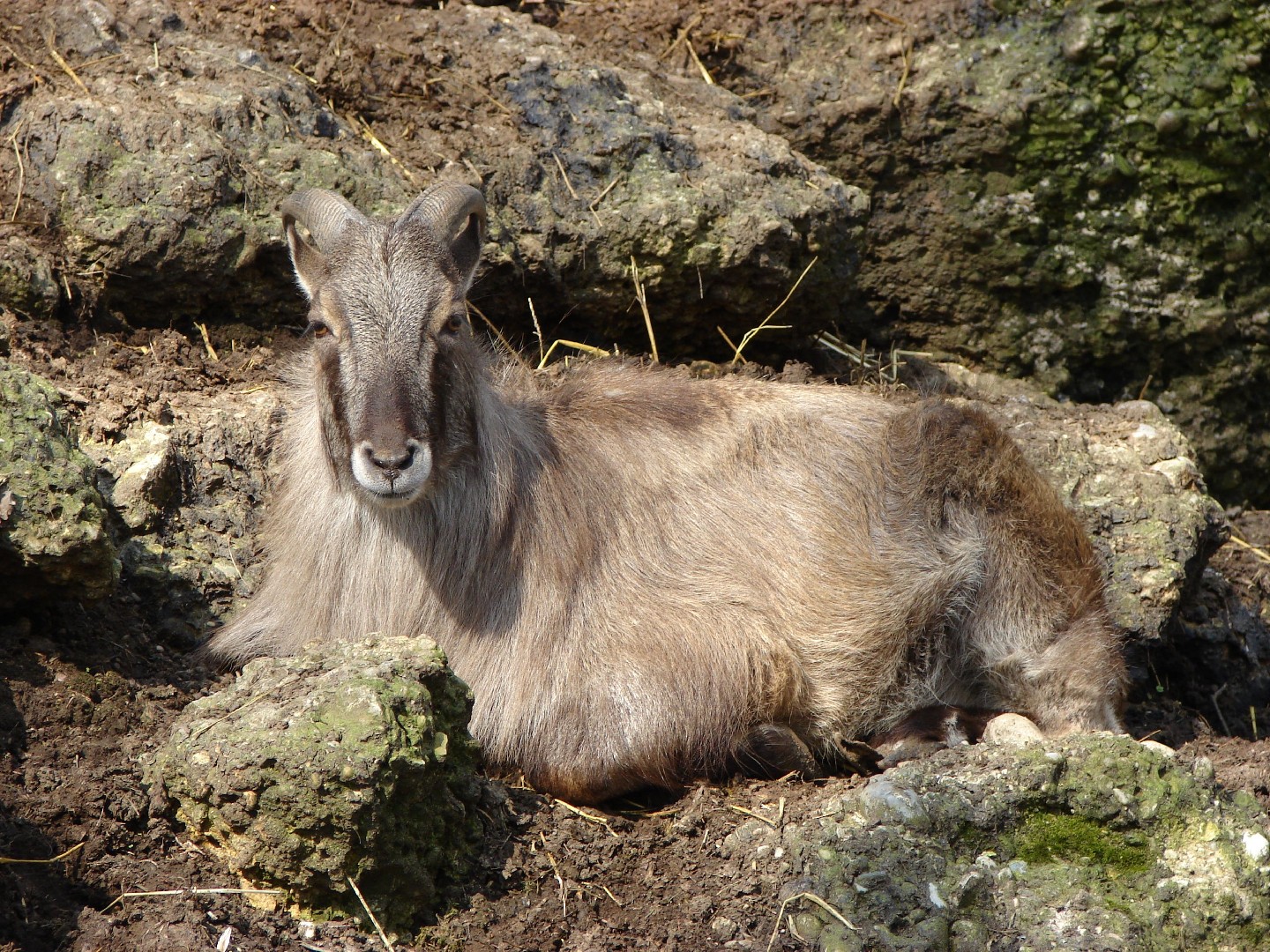Himalayan tahr
A species of Himalayan tahr Scientific name : Hemitragus jemlahicus Genus : Himalayan tahr
Himalayan tahr, A species of Himalayan tahr
Scientific name: Hemitragus jemlahicus
Genus: Himalayan tahr
Content
Description General Info
 Photo By Tschaensky , used under CC-BY-SA-2.5 /Cropped and compressed from original
Photo By Tschaensky , used under CC-BY-SA-2.5 /Cropped and compressed from original Description
The Himalayan tahr (Hemitragus jemlahicus) is a goat-like pair-toed ungulate species living in the Himalayan region. Even though the Himalayan Tahr was scientifically described in the first half of the 19th century, its way of life was only examined in more detail in the course of the 20th century.
General Info
Lifespan
12-14 years
Diet
As a ruminant and grazer, himalayan tahr sustains primarily on a diet of grasses. Along with this, it consumes various forms of alpine vegetation, particularly herbs, ferns, and mosses, adapting to the scarce mountainous resources.
Appearance
Himalayan tahr is a medium-sized mammal typically standing about 3 feet high at the shoulder. Its dense, woolly coat ranges from dark brown to grayish, while its underside is pale. Himalayan tahr has distinct white facial markings encircling the eyes. It also boasts two large, backward-curved horns that can be up to 24 inches long. The males are noticeably larger and possess thicker, more pronounced horns than the females.
Behavior
Himalayan tahr are highly social herbivores, displaying dynamic herding habits and complex hierarchical structures. They are diurnal, seeking food primarily in early morning and late afternoon. Engaging in active territorial contests, himalayan tahr display distinctive rutting behaviors involving locking horns. Their unique climbing ability exhibits the species' adaptation to their mountainous habitat.
Population
Decreasing